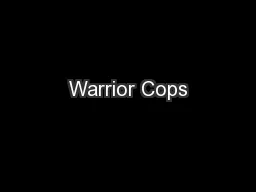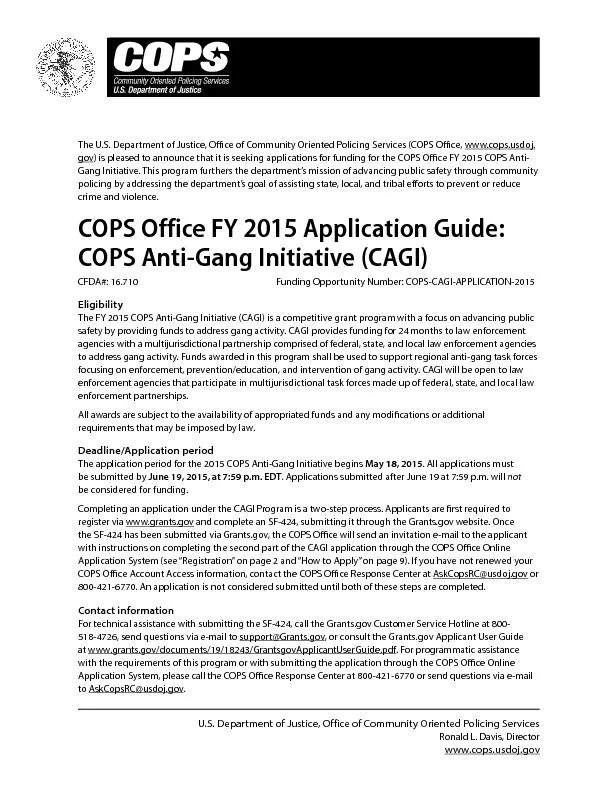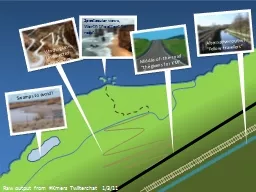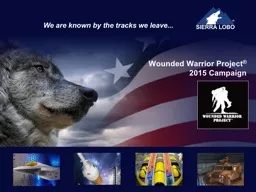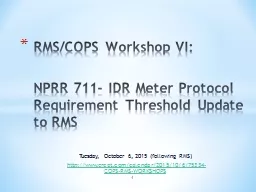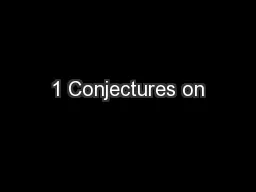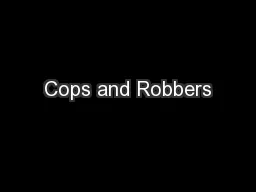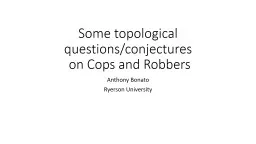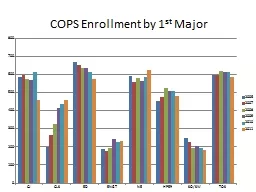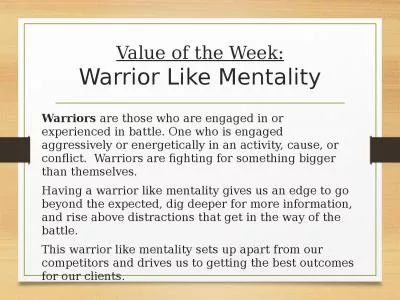PDF-Warrior Cops
Author : pasty-toler | Published Date : 2015-09-14
The Ominous Growth of Paramilitarism inAmerican Police Departments by Diane Cecilia Weber Diane Cecilia Weber is a Virginia writer on law enforcement and criminal
Presentation Embed Code
Download Presentation
Download Presentation The PPT/PDF document "Warrior Cops" is the property of its rightful owner. Permission is granted to download and print the materials on this website for personal, non-commercial use only, and to display it on your personal computer provided you do not modify the materials and that you retain all copyright notices contained in the materials. By downloading content from our website, you accept the terms of this agreement.
Warrior Cops: Transcript
Download Rules Of Document
"Warrior Cops"The content belongs to its owner. You may download and print it for personal use, without modification, and keep all copyright notices. By downloading, you agree to these terms.
Related Documents

